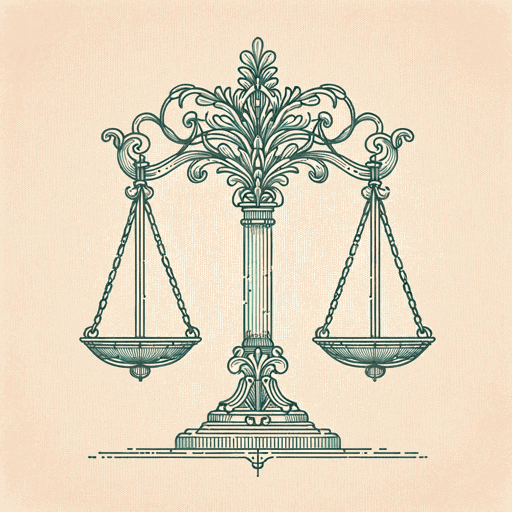44 pages • 1 hour read
Hannah ArendtEichmann in Jerusalem: A Report on the Banality of Evil
Nonfiction | Book | Adult | Published in 1963A modern alternative to SparkNotes and CliffsNotes, SuperSummary offers high-quality Study Guides with detailed chapter summaries and analysis of major themes, characters, and more.
Chapters 7-8Chapter Summaries & Analyses
Chapter 7 Summary: “The Wannsee Conference, or Pontius Pilate”
In January of 1942, the Wannsee Conference commences because if the Final Solution is to be fully implemented, “it needed the active cooperation of all Ministries and of the whole Civil Service” (112). Heydrich expects difficulties in convincing the conferees, but in less than an hour and a half, lunch adjourns, drinks are served, and “members of the various branches of the Civil Service did not merely express opinions but made concrete propositions” as to how to effectively carry out the execution of Hitler’s Final Solution (113).
The prominent people in attendance of the conference dispel any doubts Eichmann harbors about the violence of this final solution, thus soothing his conscience since he sees no one around who opposes the solution. According to Eichmann, what comes next goes smoothly: “In country after country, the Jews had to register, were forced to wear the yellow badge for easy identification, were assembled and deported, the various shipments being directed to one or another of the extermination centers in the East, depending on their relative capacity at the moment” (114). Making Jews “stateless” achieves two important tactics: “it made it impossible for any country to inquire into their fate, and it enabled the state in which they were resident to confiscate their property” (115).
Related Titles
By Hannah Arendt




